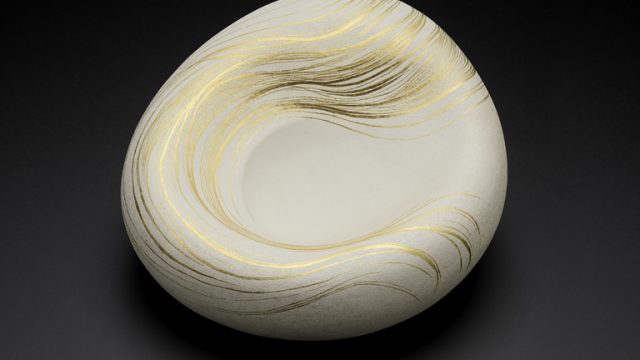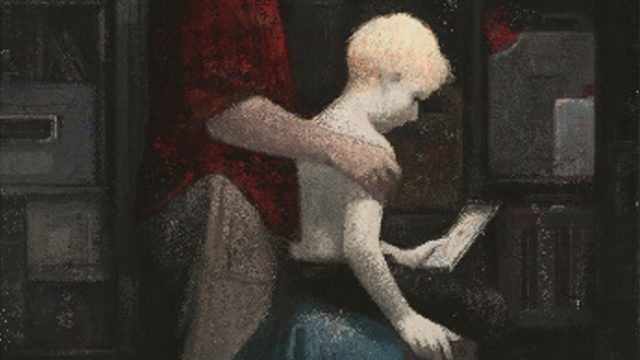Focus On… The Wolsey Angels and Early 16th – Century Sculpture
Director’s Circle members were given an exclusive object handling session exploring the art-historical context of the Wolsey Angels. Members joined Director, Martin Roth, and the Keeper of Sculpture, Metalwork, ceramics and Glass, Paul Williamson at this unique behind-the-scenes event to understand the Angels in their historical context.
We looked at a number of items from across our sculpture collection that were from the late 15th century and early 16th century, to explore the styles and themes that were emerging around the time that sculptor Benedetto de Rovezanno was working on the commission for Cardinal Wolsey’s lavish tomb.

Benedetto was almost exclusively working for Cardinal Wolsey during this period. He hailed from Florence where he had been working as a contemporary of Michelangelo and, though he was working in England, Benedetto’s style was very much of the Italian tradition.
Winged angels were prominent throughout the Renaissance, this little putto is the work of Andrea Riccio, one of the finest Renaissance bronze sculptors. This little putto would have been an autograph piece of Riccio’s and gives us a sense of the scale of the bronzes that were being created during the period. This was also a rare chance for us to hold and feel the weight of the bronzes, a characteristic that can often be forgotten when viewing bronzes in the gallery or behind glass.

This bronze relief is dated to the last quarter of the 15th Century, predating the Wolsey Angels. The relief is hollow and was set on to a base which was created at a later date.

Two of the Wolsey Angels are much darker and more polished in appearance, this is likely to be as a result of some restoration work at some point in their divided history, which accounts for the difference in the appearance of the two sets. All four angels would originally been a weathered verdigris hue. It is believed that the restorers had been attempting to bring the two angels closer to the appearance of these smaller bronzes, much like those seen above. From Benedetto’s inventory it’s apparent that the intention may have been to gild the angels, but that work was never completed.


This torch-bearing angel is one of a pair and is dated to the later half of the 16th century. They illustrate how the stylistic thread carried right through the whole of the 16th century, though these angels are beginning to hint at the Baroque aesthetic that was coming into play towards the end of the century.

Cardinal Wolsey was deeply engaged with the arts. Throughout his lifetime he commissioned many great works, the most noted being Hampton Court Palace. Keeper Paul Williamson talked us through some of the architectural details that were contemporary to Hampton Court, like Suffolk Place by Charles Brandon, Henry VIII’s brother-in-law.
Brandon was erecting a magnificent mansion in Borough, at the same time that Hampton Court was being built. Unfortunately the house no longer stands, but we do have his designs for the building‘s grand façade and a fragment of the detailing. More fragments from Suffolk Place can be seen on display in the British Galleries.


Paul Williamson rounded off with two medals depicting two figures connected in a roundabout way to the Cardinal and Henry VIII. The first was showed pope Clement VII, the pope that refused to dissolve King Henry VIII’s marriage to his first wife, Catherine of Aragon.
The second is of Queen Mary, the daughter of Henry VIII. This medal was crafted by an Italian artist to commemorate the reconciliation of England to the Roman Catholic Church during her reign.


Find out more about the many benefits of becoming a member of the Director’s Circle, and how to join here.
Donate online and Save the Wolsey Angels here.
Text VAWA14 £5 to 70070
The V&A will receive 100% of your text donation. The minimum text donation is GBP £1 and all donations must be in whole pounds sterling. The maximum text donation allowed is GBP £10 for all mobile operators. Donations sent via text will incur your standard text message fee. Please refer to your tariff for details. Should fundraising exceed the appeal target, or if the Museum is unsuccessful in securing the angels, funds will be used to further the objectives of the V&A.






